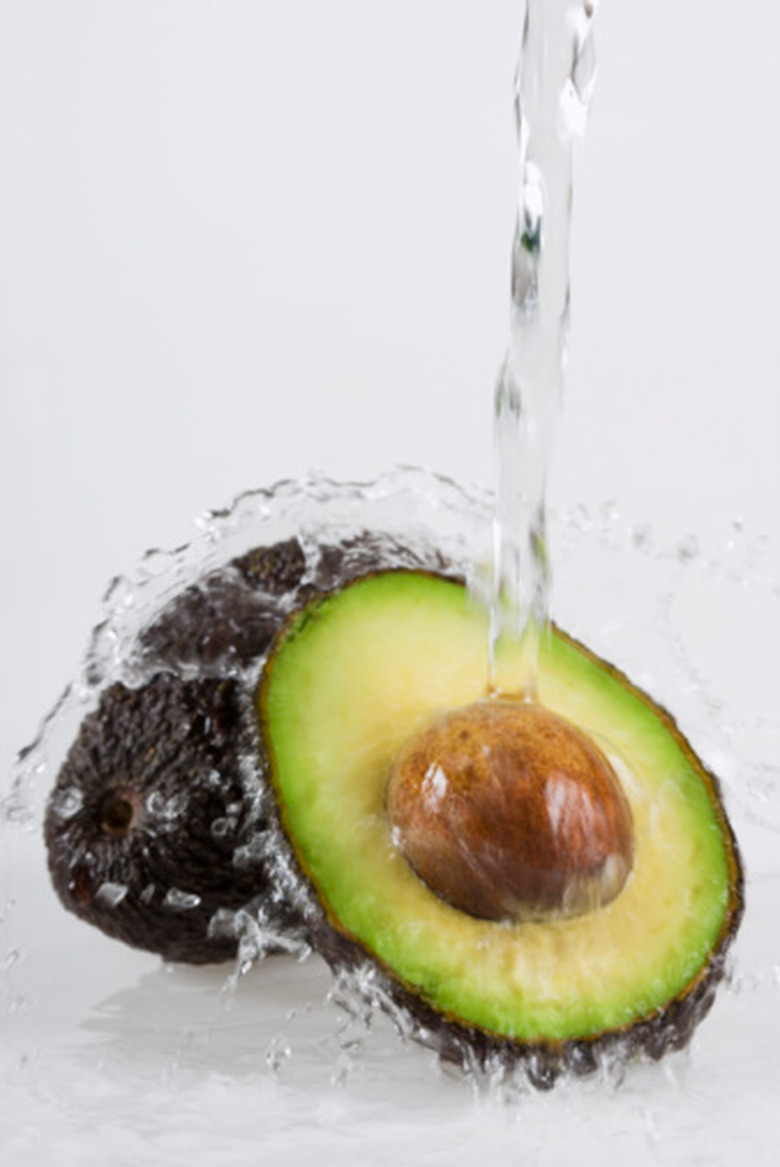The Best Soil For Avocado Trees
The avocado tree, or Persea Americana, originated in Mexico and now grows throughout Central America, the southern United States, the West Indies and parts of the Middle East and New Zealand.
The avocado tree, or Persea Americana, originated in Mexico and now grows throughout Central America, the southern United States, the West Indies and parts of the Middle East and New Zealand.
Soil Texture
Avocado trees grow best in a loose soil made up of sandy loam or decomposed granite. Excess moisture can damage plants, and as a result the best soil for avocado trees should drain well. Leaves and wood chips placed on the top of the soil protect roots against overheating and provide nutrients to the avocado tree.
pH
Avocado trees tolerate acid and alkaline soils but prefer a soil pH between 6 and 6.5. A pH below 6.2 increases the likelihood of phytophthora root rot. Gardeners with soil naturally lower than 6.2 can raise the pH by adding calcium carbonate.
- The avocado tree, or Persea Americana, originated in Mexico and now grows throughout Central America, the southern United States, the West Indies and parts of the Middle East and New Zealand.
- Excess moisture can damage plants, and as a result the best soil for avocado trees should drain well.
Salt Content
An excess of salt in the soil causes avocado leaves to turn brown. Salt can be cleared from the soil by watering slowly and deeply. For potted plants, irrigate the tree until water runs out the holes on the bottom of the plant for several minutes. Water plants in the ground by dripping only 1/2 gallon per hour for several hours.
Avocado Trees In A Container
The container dwarf avocado variety Wurtz, or Little Cado, grows to 10 feet tall and produces 8- to 14-ounce fruit. This cultivar withstands temperatures as cool as 25 degrees Fahrenheit. Holiday grows from 10 to 12 feet tall. Avocado trees require loose soil, such as sandy loam or decomposed granite to accommodate the plants' long, fast-growing roots. Place containers in an area sheltered from high winds. To determine if a plant needs water, dig 9 inches down into the soil. If the soil is moist and stays together in your hand, it does not need additional water. Reduce irrigation during the winter months to one to two days a week. For best growth, avocado trees require 10 percent nitrogen, phosphorus and potash and 6 percent magnesium. When the trees set fruit, increase potash supplementation to 15 percent. Do not spray copper when temperatures exceed 90 degrees Fahrenheit.
- An excess of salt in the soil causes avocado leaves to turn brown.
- For best growth, avocado trees require 10 percent nitrogen, phosphorus and potash and 6 percent magnesium.
